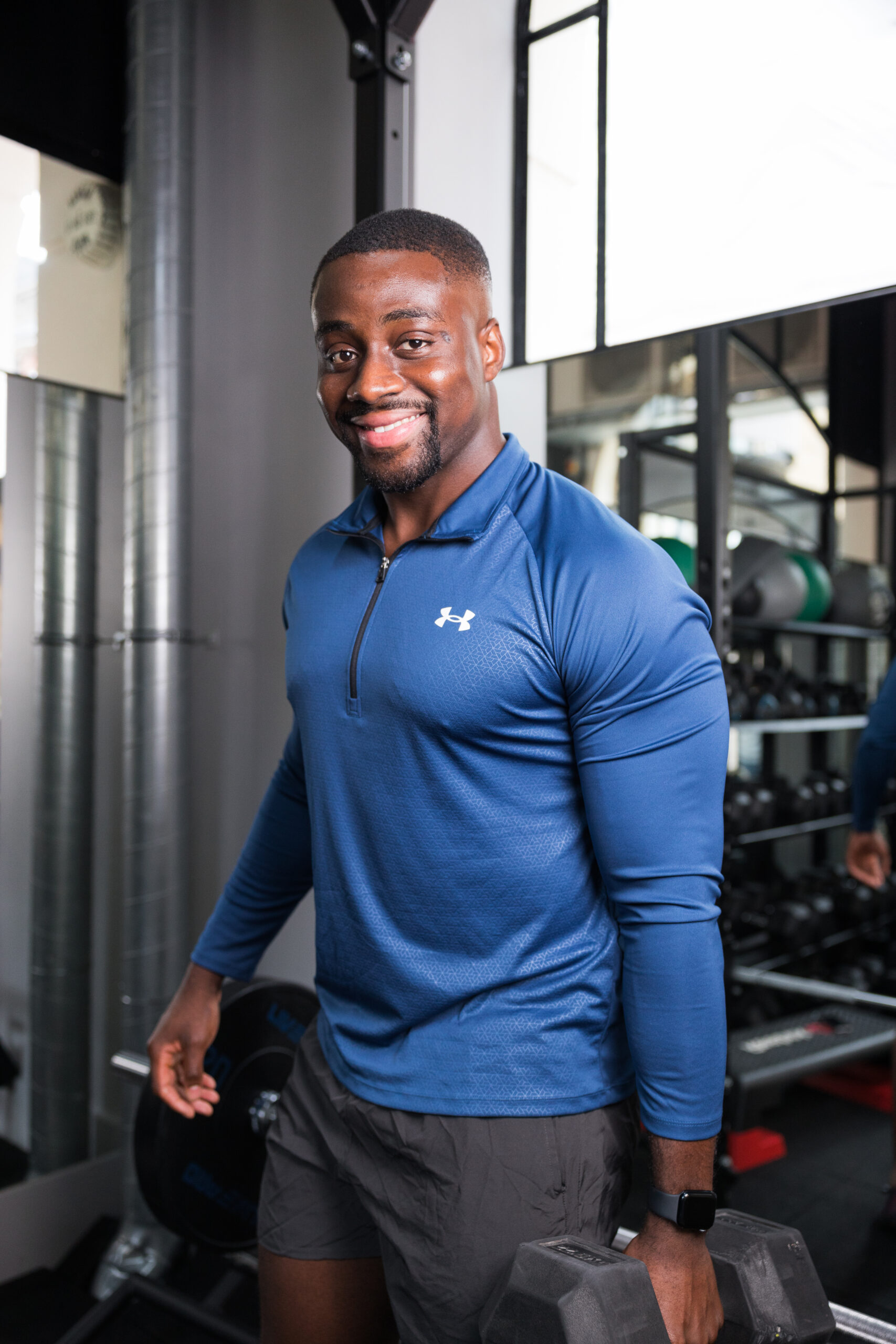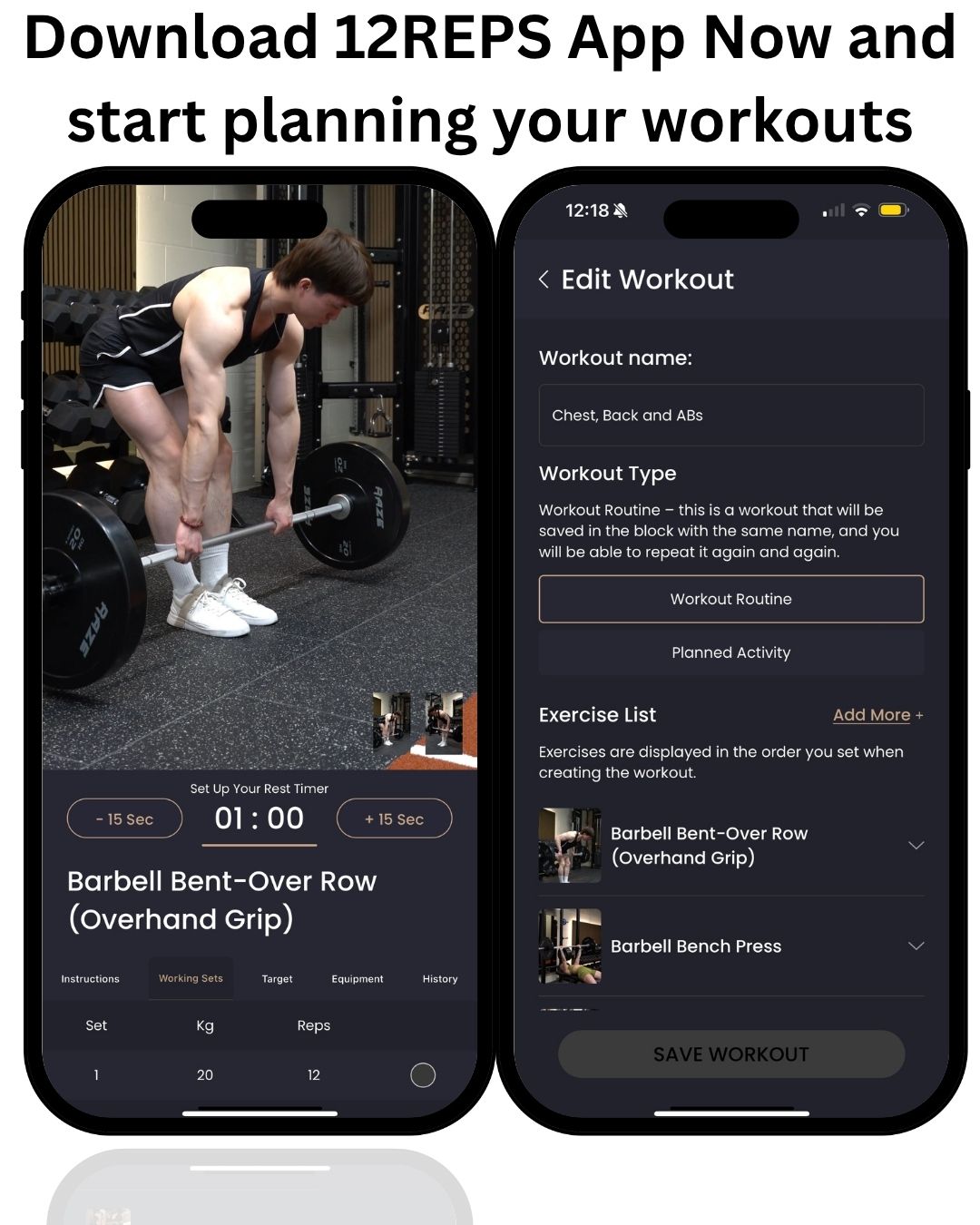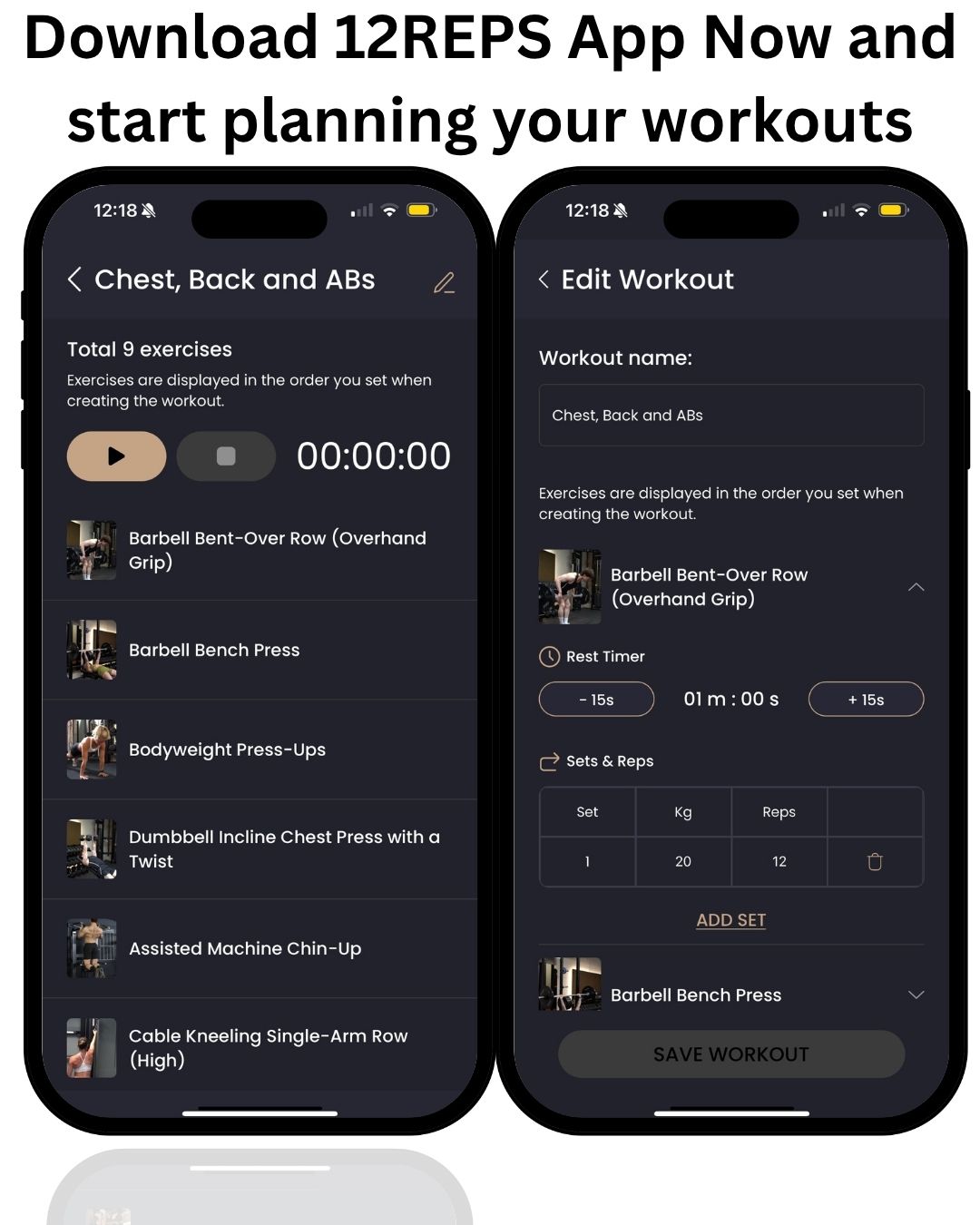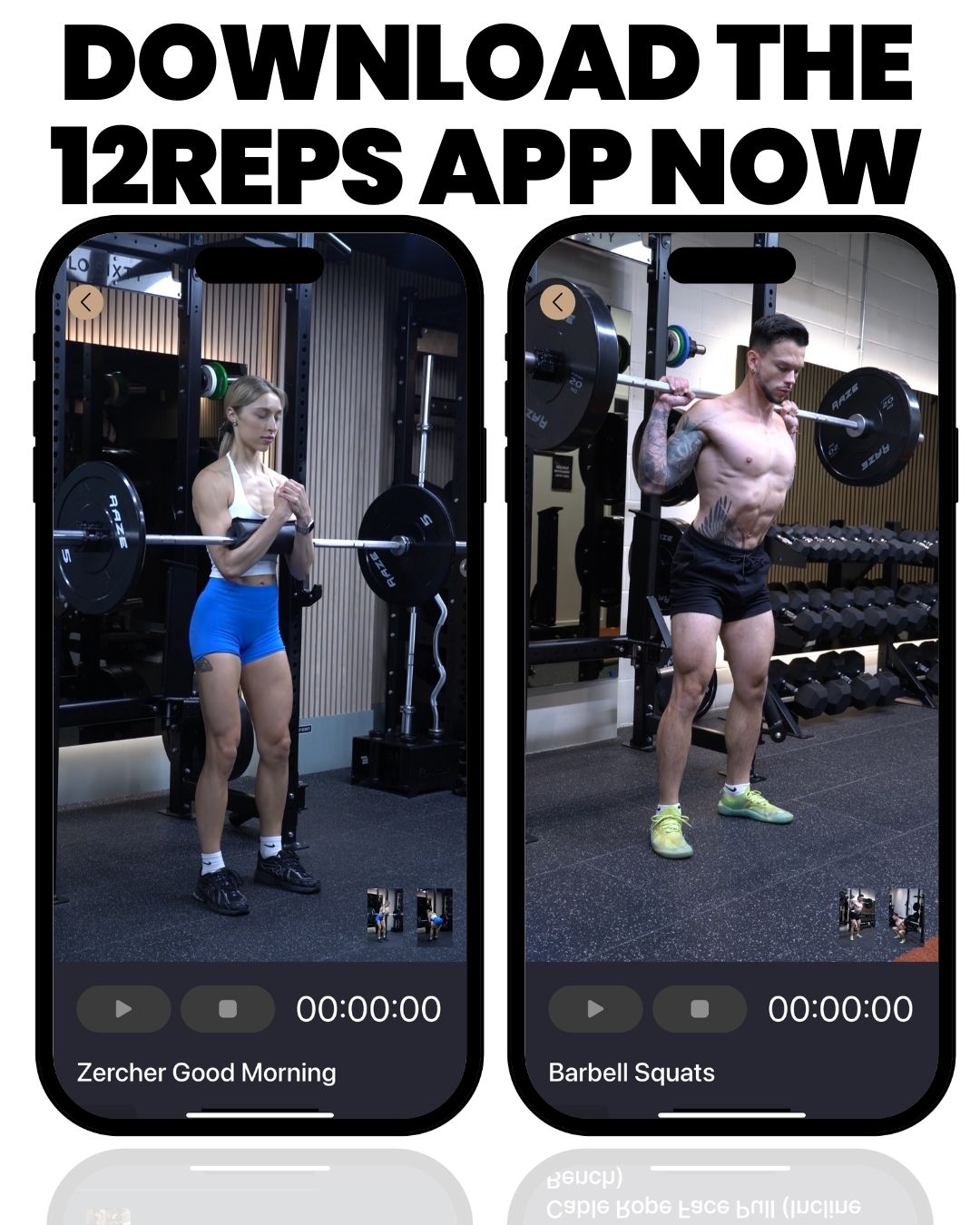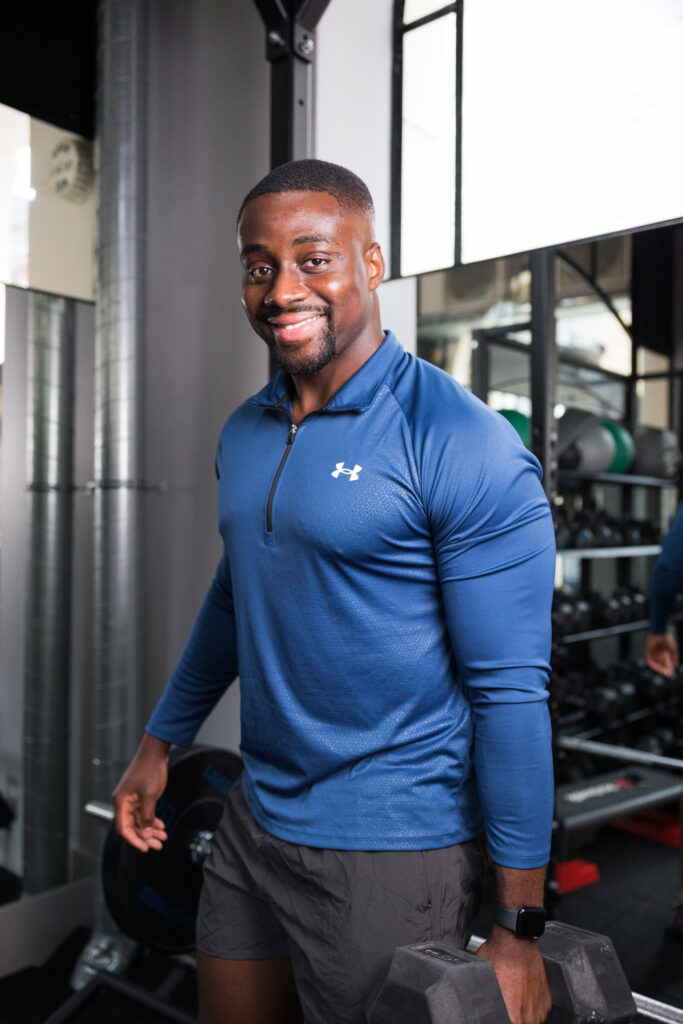By Will Duru, BSc (Hons) Sport and Exercise Science, Award-winning Personal Trainer with over 10 years of experience in strength training and optimising recovery
I’ve been a personal trainer for over a decade, and I’ve seen it a hundred times. A guy hits his 30s, looks in the mirror, and decides, “Right, that’s it. It’s time to get in shape.” He walks into the gym, full of motivation… and then he stops. He looks around and it feels like he’s landed in a foreign country where he doesn’t speak the language. Everyone seems to know what they’re doing. They’re all lifting heavy weights, using complicated machines, and grunting like they’re in a secret club. The fear of looking foolish, of doing something wrong, of getting injured… it’s overwhelming. And so, he turns around and walks right back out.
If that sounds familiar, I want you to know that you are not alone. The gym can be an intimidating place for a beginner. But I’m here to tell you that it doesn’t have to be. Getting in shape is not as complicated as the fitness industry wants you to believe. You don’t need to know a hundred different exercises. You don’t need to spend hours in the gym every day. You just need a simple plan, a little bit of consistency, and the right mindset.
This article is your ultimate beginner’s guide. I’m going to give you a simple, step-by-step plan that will help you build confidence, get stronger, and see real results. And I’m going to show you how my app, 12reps, can be your digital personal trainer, guiding you every step of the way.
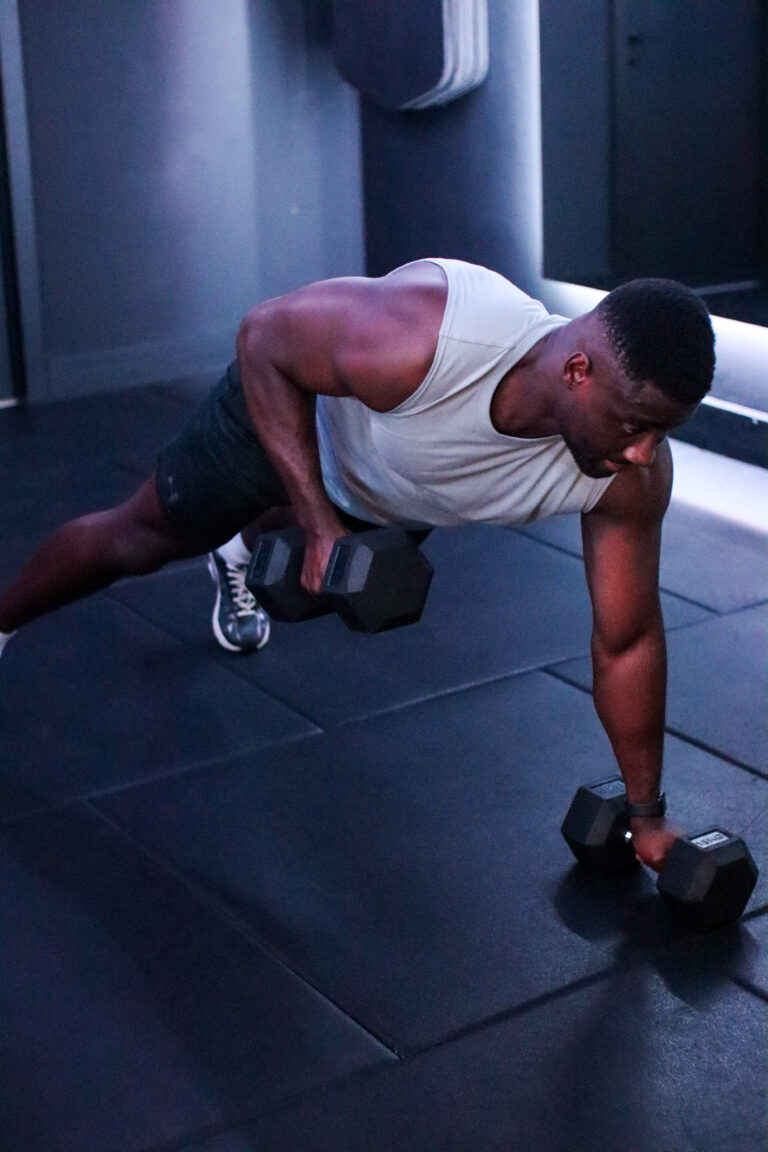
The First Two Weeks: Your Mission is to Show Up
For the first two weeks, I want you to forget about lifting heavy weights. Forget about getting a “killer workout.” Forget about feeling sore the next day. Your only mission is to build the habit of showing up and to learn the basic movements of your body.
I recommend starting with just two or three full-body workouts per week. That’s it. Give yourself a day of rest in between each workout. On your workout days, you are going to focus on mastering just a handful of key exercises. These are what we call “compound exercises,” because they work multiple muscle groups at once. They are the biggest bang for your buck.
Here are the four exercises I want you to focus on:
- Goblet Squats: This is the best way to learn the squat pattern. Hold a single dumbbell against your chest, keep your back straight, and squat down as if you’re sitting in a chair. This will build your legs and core.
- Dumbbell Rows: This will build a strong back. Place one knee and one hand on a bench, and row a dumbbell up to your chest, squeezing your back muscles at the top.
- Push-ups: The classic chest and shoulder builder. If you can’t do a full push-up, don’t worry! Just do them on your knees. You will build strength over time.
- Plank: This is one of the best exercises for building a strong, stable core. Just hold your body in a straight line, like a plank of wood, for as long as you can.
That’s it. That’s your workout. Do 3 sets of 8-12 reps for each exercise. The most important thing is your form. It’s much better to lift a light weight with perfect form than a heavy weight with bad form. Proper form is everything. It’s what keeps you safe and ensures you’re working the right muscles. This is why I put high-quality video demonstrations of every single exercise in the 12reps app. You can watch me do the movement, listen to the cues, and learn how to do it right. Download the app and start with one of our beginner-friendly programs. It’s the safest and most effective way to get started.
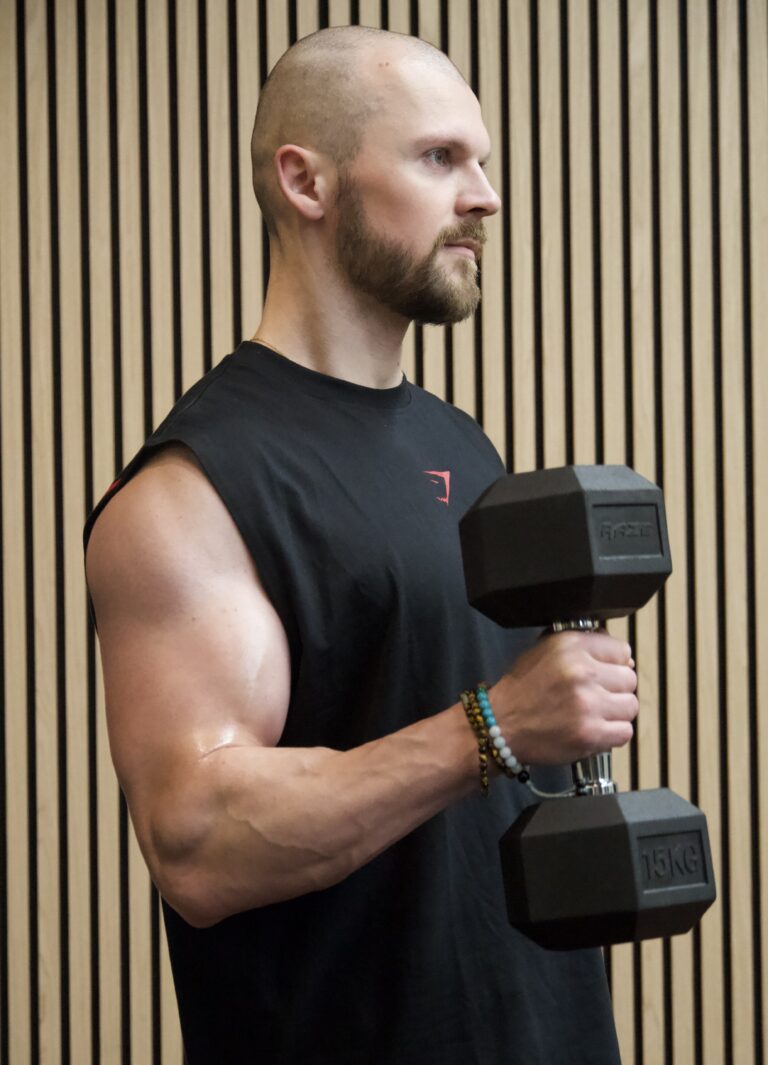
The Secret to Getting Stronger (It's Simpler Than You Think)
After you’ve spent a couple of weeks getting comfortable with the basic movements, it’s time to introduce the single most important principle in all of strength training: progressive overload. [1]
It sounds complicated, but it’s actually very simple. All it means is that to get stronger, you have to consistently challenge your muscles by gradually doing a little bit more over time. That’s it. That’s the secret. Your muscles will not grow unless you give them a reason to. You have to push them just a little bit past what they are used to.
So, how do you do it? You just focus on improving one small thing each week. Maybe you do one extra rep on your squats. Maybe you use a dumbbell that’s 2kg heavier on your rows. Maybe you hold your plank for 5 seconds longer. It doesn’t have to be a huge jump. Just a small, consistent effort to do a little bit more.
This is where a workout tracker becomes absolutely essential. How are you supposed to remember what you lifted last week, or the week before? You don’t have to. The 12reps app tracks every single workout for you. You can look back and see exactly what you did, so you know exactly what you need to do to beat it. This is the key to consistent, long-term progress. It turns your workouts into a game where you are always trying to beat your own high score.
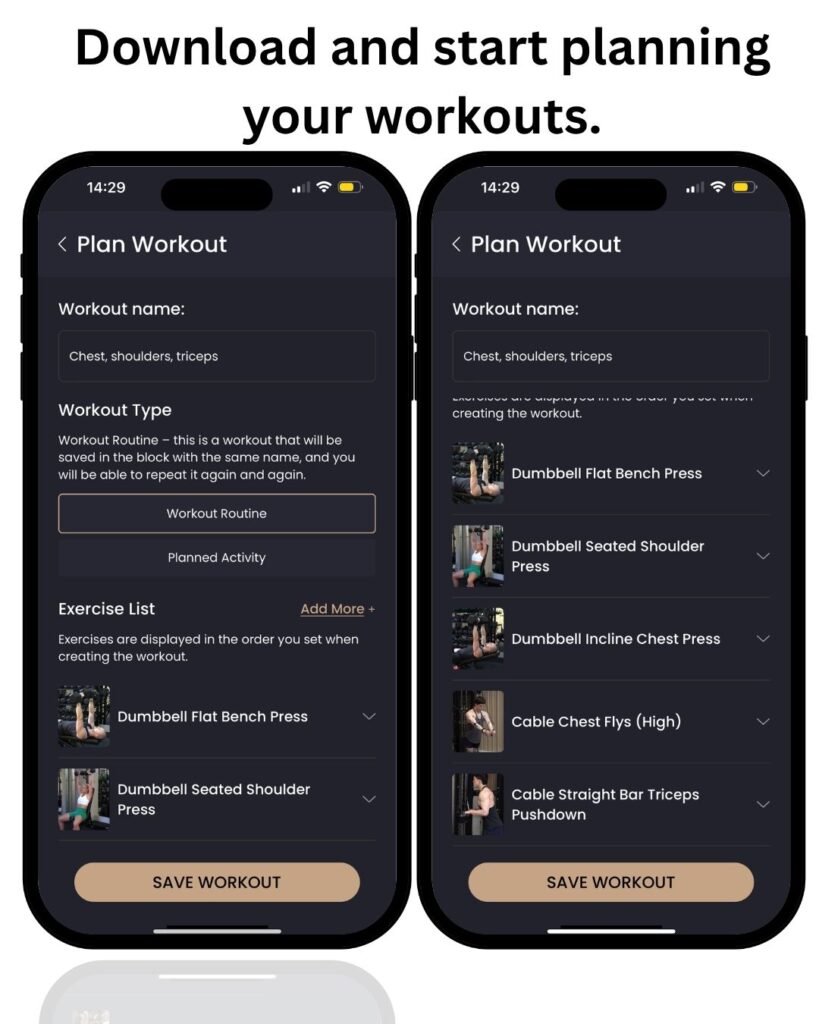
You Can't Out-Train a Bad Diet (But It's Not Complicated)
I’m going to be straight with you. What you do in the gym is only half the battle. What you do in the kitchen is just as important. You can’t expect to build a strong, healthy body if you’re fueling it with junk.
But just like with training, nutrition doesn’t have to be complicated. You don’t need to go on some crazy, restrictive diet. I want you to start with just two simple rules:
- Eat more protein. Protein is the building block of muscle. If you’re not eating enough of it, your body can’t repair and rebuild your muscles after your workouts. Aim to have a palm-sized portion of protein with each meal. This could be chicken, fish, eggs, lean meat, or a protein shake.
- Drink more water. Most people are chronically dehydrated, which can kill your energy levels and your performance in the gym. Aim to drink at least 2-3 litres of water a day.
Finally, let’s talk about sleep. Sleep is when the magic happens. It’s when your body releases growth hormone and repairs the muscle tissue you broke down during your workout. [2] If you are not getting enough quality sleep, you are sabotaging your results. Aim for 7-8 hours of quality sleep per night. It’s a non-negotiable.
It's Never Too Late to Start
So, there you have it. A simple, 3-step plan for any man in his 30s who wants to start his fitness journey:
- Focus on form and consistency for the first two weeks. Just show up and learn the movements.
- Apply the principle of progressive overload. Do a little bit more each week.
- Support your training with good nutrition and rest. Eat more protein, drink more water, and get your sleep.
That’s it. It’s not sexy, it’s not complicated, but it works. It’s the same plan I’ve used with hundreds of my clients to help them build stronger, healthier, and more confident versions of themselves.
It is never, ever too late to start. You have the power to change your body and your life. You just need a plan. Stop feeling lost and intimidated. Start today.
If you’re ready to take the first step, I want you to download the 12reps app and start your free trial. Let me guide you. Let me show you how strong you can be.

References
- [1] Peterson, M. D., Rhea, M. R., & Alvar, B. A. (2004). Maximizing strength development in athletes: a meta-analysis to determine the dose-response relationship. The Journal of Strength & Conditioning Research, 18(2), 377-382. https://journals.lww.com/nsca-jscr/abstract/2004/05000/maximizing_strength_development_in_athletes__a.33.aspx
- [2] Dattilo, M., Antunes, H. K. M., Medeiros, A., Mônico-Neto, M., Souza, H. S. D., Tufik, S., & de Mello, M. T. (2011). Sleep and muscle recovery: endocrinological and molecular basis for a new and promising hypothesis. Medical hypotheses, 77(2), 220-222. https://www.medical-hypotheses.com/article/S0306-9877(11)00151-X/fulltext

